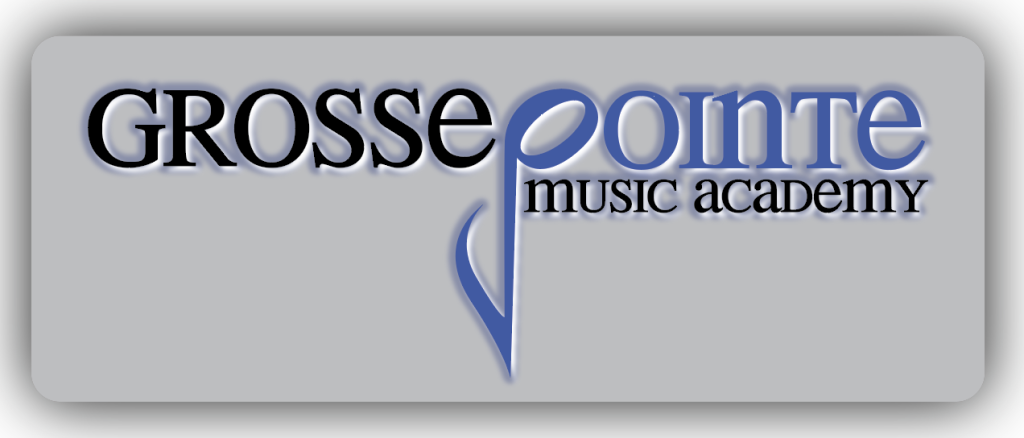Knowing a wide variety of chords and scales is an essential part of any musician’s growth—but understanding how those elements function together is what empowers creativity. When you play a note over a chord, that note will generally fall into one of three categories: a chord tone, a diatonic scale tone, or a chromatic tone.
Let’s break that down using the common major scale, which contains seven notes and is itself a subset of the twelve-note chromatic scale. If you’re playing a triad (a three-note chord), those three notes are the chord tones. The four other notes in the major scale are diatonic scale tones, and the remaining five are chromatic tones, not native to the scale.
Each of these categories behaves differently:
- Chord tones reinforce the harmonic structure. They add depth and resonance but do not change the chord’s identity.
- Diatonic scale tones enrich the harmony and can create either consonance or dissonance, depending on how they’re used.
- Chromatic tones bring in tension and movement. When used deliberately, they imply modulation or a shift into a different tonal center—even if only briefly.
These possibilities form the basis of melodic soloing, the art of crafting melodies over chord progressions. The interplay between scales and chords is virtually limitless, but the effectiveness of your solo depends on how well you understand the function of each note in context.
To develop your skills in melodic soloing, it’s important to study how different musical styles approach this process. Some genres allow freer movement within the scale, while others demand more intentional note choices. In many cases, even “wrong” notes are highlighted to create a desired effect.
If you’re just beginning to solo, or trying to improve, I recommend choosing one musical style and focusing deeply on its harmonic tendencies. You’ll progress faster by mastering one language before attempting to speak several at once. Use a good reference book, play along with another guitarist or a backing track, and dedicate time to internalizing how each note interacts with the underlying harmony.
A great resource to explore further is Guitarist’s Guide to Scales Over Chords. It’s packed with examples and explanations to help you become confident and expressive in your solos.
Have a favorite solo that inspires you? Share it with us—we’d love to know what moves you musically.
Respectfully,
Henry Bahrou
Guitarist, Music Theorist, Music Academy Director


Leave a Reply